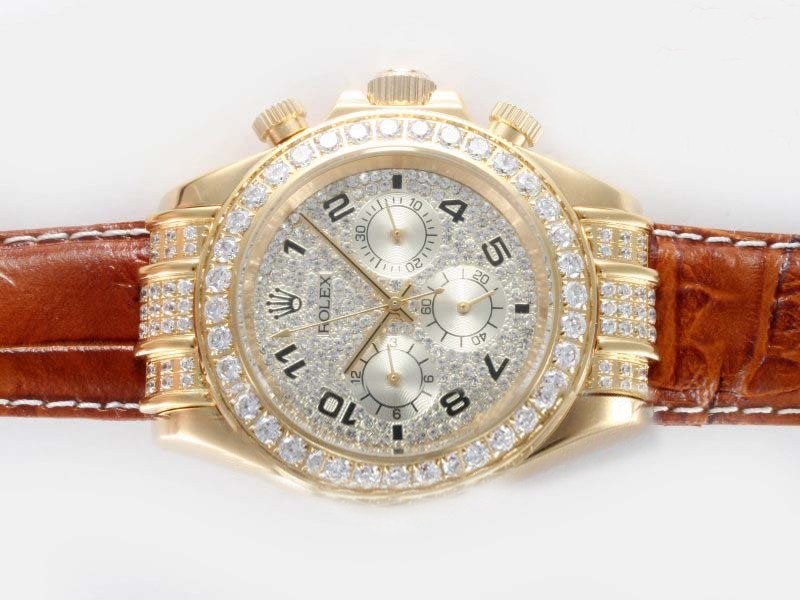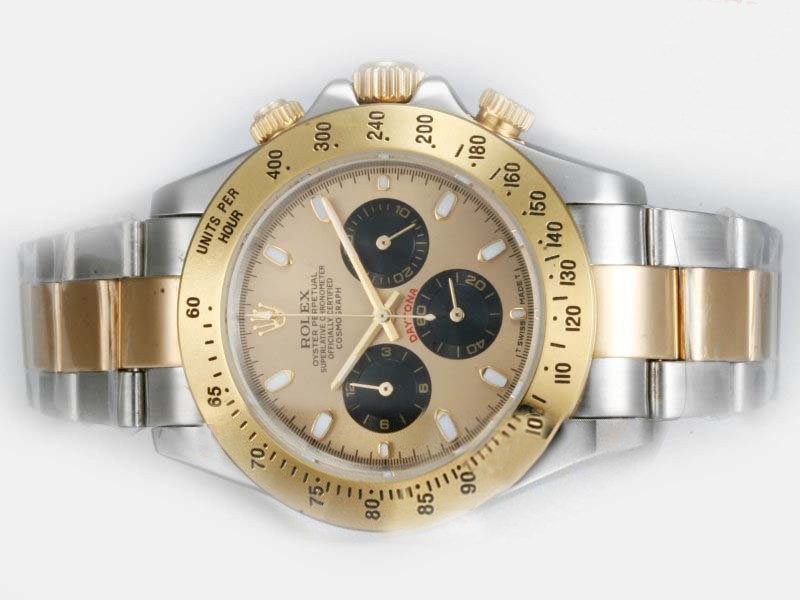The life of the Rolex Daytona, nowadays the most popular ticket on the vintage watch market and the world’s popular chronograph, has experienced three generations, defined almost totally by their individual calibers. Let’s talk about the Patrizzi Dial Daytona. 
The first wave started in 1963 and went on, but failed, all the way until 1988, using the manually-wound Valjoux 72 movement. The modern era models, lauched in 2000, are fitted with Rolex’s own in-house Cal. 4130 like the hottest chronograph on the market.
So, it finally led to patience-defying waiting lists and incredible premiums charged for those wanting to cut in line. As the Daytona’s reputation grew, more and more people began searching out the earlier examples—and the rest is history.
Made between 1994 and 1995 used an organic varnish, the black model called Zapon, to protect the Daytona’s face. Unrecognized at the time, the lacquer did not offer enough coverage and, over the years, the silver outer tracks on the iconic sub dials have oxidized, turning a definite brown color as they react with UV rays. The key point to collectors, the changes do not stabilize and continue to take effect the older the watch gets. It means every one of the so-called Patrizzi dials is special and, in the world of classic Rolex, unique equals expensive.
Due to their inherent rarity, it is the Zenith Daytonas, with or without a Patrizzi dial, which are currently representing a better bet for collectors than the very latest models. Visually almost identical to the contemporary example, the luxury replica watch is also the last all-steel reference sold without a Cerachrom bezel. The closest you can get to that classic effect within the modern range is with the white gold pieces, at a significantly higher price point. 
Of course, if you do manage to get your hands on a Patrizzi dial Daytona, it stands for one of the most rock solid investment potentials of them all. With relatively few examples of its unique flaws on display, the beloved knockoff watch’s share price will only continue to rise. If you get the chance, you may do worse than getting it sooner.